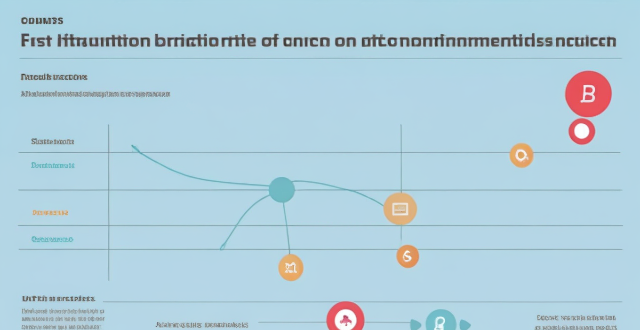Climate predictions are vital in mitigating climate change impacts. They help in adaptation planning, guiding mitigation strategies, informing policy development, raising awareness, and driving research and innovation. By understanding future climate conditions, we can take proactive measures to reduce the effects of climate change on our environment and society.

How Can We Use Climate Predictions to Mitigate the Effects of Climate Change?
Climate predictions play a crucial role in mitigating the effects of climate change. By understanding the future climate conditions, we can take proactive measures to reduce the impacts of climate change on our environment and society. In this article, we will discuss how we can use climate predictions to mitigate the effects of climate change.
1. Adaptation Planning
Climate predictions can help us plan adaptation strategies to cope with the changing climate. This includes:
- Identifying vulnerable areas and populations that are most at risk from climate change impacts.
- Developing plans to protect critical infrastructure, such as water supply systems, transportation networks, and energy production facilities.
- Enhancing natural ecosystems to provide resilience against climate change impacts, such as coastal wetlands to protect against sea level rise.
2. Mitigation Strategies
Climate predictions can also guide mitigation strategies aimed at reducing greenhouse gas emissions and slowing down the pace of climate change. Some examples include:
- Investing in renewable energy sources, such as solar and wind power, to reduce reliance on fossil fuels.
- Promoting energy efficiency in buildings, transportation, and industry to reduce energy consumption and associated emissions.
- Encouraging sustainable land use practices, such as reforestation and afforestation, to sequester carbon dioxide from the atmosphere.
3. Policy Development
Climate predictions can inform policy development by providing scientific evidence for decision-making. This includes:
- Setting emission reduction targets based on projected climate scenarios.
- Developing regulations and incentives to promote low-carbon technologies and practices.
- Integrating climate considerations into long-term planning and development strategies.
4. Education and Awareness
Climate predictions can raise awareness about the potential impacts of climate change and encourage individuals and communities to take action. This involves:
- Educating the public about the causes and consequences of climate change.
- Providing information on how individuals can reduce their carbon footprint through everyday actions, such as using public transportation, reducing meat consumption, and conserving energy.
- Engaging with local communities to develop tailored adaptation and mitigation strategies based on their specific needs and circumstances.
5. Research and Innovation
Climate predictions can drive research and innovation in various fields related to climate change, including:
- Developing new technologies for renewable energy production, energy storage, and carbon capture and storage.
- Advancing our understanding of climate system dynamics and improving the accuracy of climate models.
- Exploring novel approaches for ecosystem restoration and conservation in the face of changing climate conditions.
In conclusion, climate predictions offer valuable insights into future climate conditions, which can guide adaptation planning, mitigation strategies, policy development, education and awareness initiatives, and research and innovation efforts aimed at mitigating the effects of climate change. By leveraging these predictions, we can work towards a more sustainable future for ourselves and generations to come.